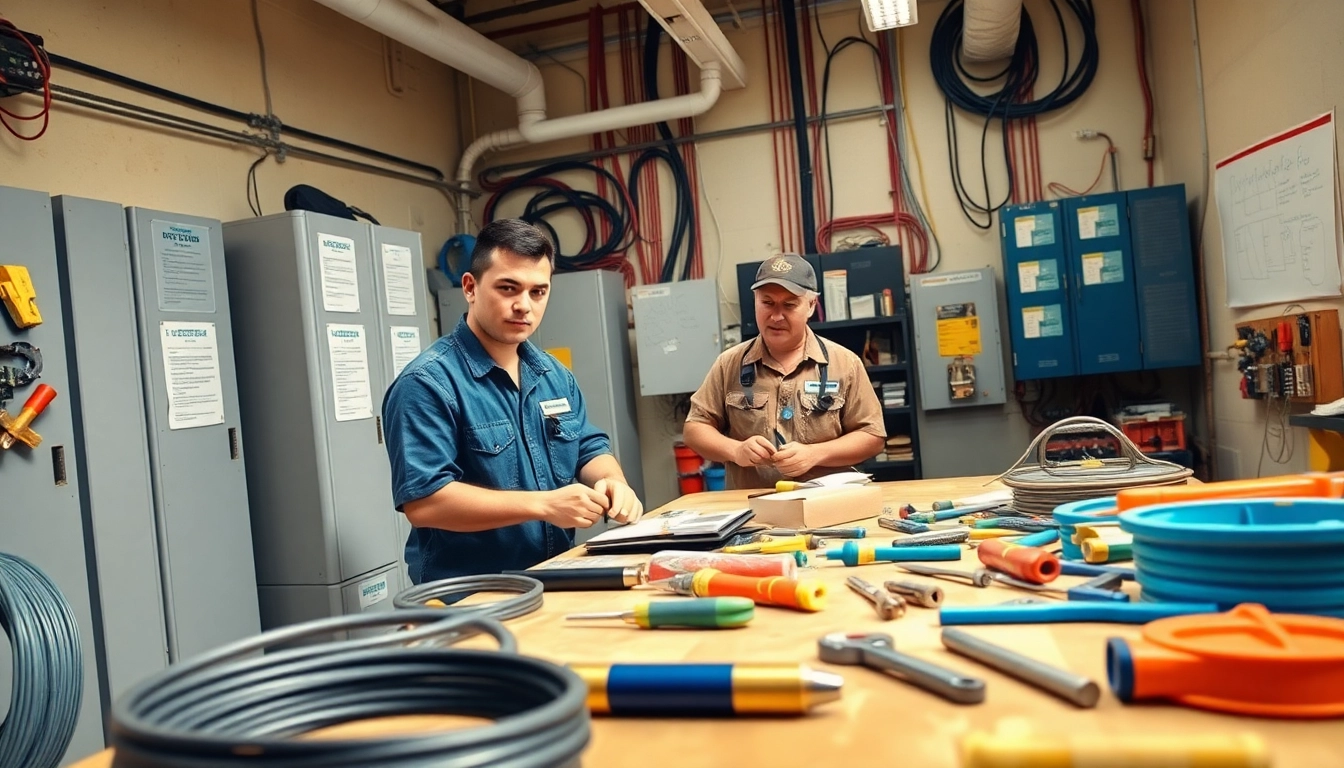Understanding the PMP Application Process
The Project Management Professional (PMP) certification is a globally recognized credential that demonstrates an individual’s competency in project management. Achieving this certification can lead to numerous professional opportunities and career advancement. However, the journey to certification begins with the filling PMP Application. Understanding the requirements and nuances of this application process is crucial for a successful submission.
Overview of the PMP Application Requirements
The PMP application process involves several key requirements that candidates must meet before they can be approved to take the PMP exam. These include a combination of educational background, professional experience, and training in project management. To be eligible for the PMP certification, candidates typically need to demonstrate:
- A secondary degree (high school diploma, associate degree, or global equivalent) with at least five years of project management experience, including 7,500 hours leading and directing projects and 35 hours of project management education.
- A four-year degree (bachelor’s degree or global equivalent) with at least three years of project management experience, including 4,500 hours leading and directing projects and 35 hours of project management education.
Additionally, applicants need to be familiar with the PMBOK Guide and be able to accurately detail their project management experiences across various projects they have managed or contributed to.
Key Elements of Filling PMP Application
Understanding the key elements of the PMP application is essential. The application consists of several sections that capture personal information, educational background, professional experience, and project management training. Candidates need to be diligent and thorough when detailing their project experiences, ensuring they reflect PMI’s standards and terminology. Each part of the application has a specific requirement in terms of content, which contributes significantly to the acceptance of the application.
Common Mistakes to Avoid
Many candidates make common errors when filling their PMP applications. These include:
- Failing to accurately quantify project experience and training hours, which can lead to disqualification.
- Using vague language instead of specific project management jargon that PMI recognizes.
- Not proofreading the application, resulting in typographical errors that can cause confusion.
Being aware of these pitfalls and preparing accordingly can greatly improve your chances of a successful application.
Preparing Your Project Management Experience
Your project management experience is the cornerstone of your PMP application. Effectively documenting this experience will support your case for certification and help illustrate your capability and readiness to take on the challenges of project management.
Documenting Relevant Project Experience
When documenting your project experience, it’s essential to think back on all applicable projects. Each project listed in your application should be relevant to your role as a project manager or leader and include a clear description of your responsibilities. Structure your project experience into specific sections:
- Project Title: The name of the project.
- Project Duration: Start date and end date of the project.
- Role: Your title or position during the project.
- Project Description: A brief overview of the project objectives and goals.
- Your Contributions: Explicitly state your roles, responsibilities, and what you achieved during this project.
Detailing Your Role and Responsibilities
Clearly defining your role and responsibilities in each project is vital. Use action verbs and specific examples to demonstrate leadership and project management skills. For instance, instead of saying you “worked on” a project, use stronger action verbs such as “led,” “coordinated,” or “managed.” This not only illustrates your experience but reinforces your expertise in the field.
Examples of PMP Application Experience Sections
When preparing your experience section, take inspiration from exemplary submissions that effectively communicate the applicant’s capabilities. For instance:
Project Title: Website Development for XYZ Company
Duration: June 2021 – December 2021
Role: Project Manager
Project Description: The project aimed to develop a robust e-commerce platform to enhance customer experience.
Your Contributions: Led a cross-functional team of 10, managed timelines and budgets, and was responsible for stakeholder communication, resulting in a 20% increase in online sales during the first quarter post-launch.
Gathering Educational Background Information
Your educational qualifications form another significant part of your PMP application. Having a clear and organized representation of your educational history will support your professional experience and build a strong case for your application.
Requirements for Educational Qualifications
As previously mentioned, you need to provide evidence of your educational background. Your educational qualifications should explicitly meet the thresholds set by PMI. Having degrees or relevant certifications in project management or related fields can also be beneficial. It is advisable to keep transcripts, diplomas, and any relevant certifications readily available for this part of the application.
Including Professional Development Units (PDUs)
Another requirement is the inclusion of any Professional Development Units (PDUs). PDUs represent the professional education and ongoing development participants have undertaken to maintain their status and enhance their knowledge in project management.
Updating your PDUs on a regular basis and including them in your application sends a message of commitment to the profession and illustrates your continuous learning in project management.
Accurate Documentation and Verification
All educational claims need to be documented properly. Ensure that you have verified all claims you make on your application with the necessary supporting documentation. This includes keeping copies of diplomas or certificates that can be submitted to PMI upon request.
Tips for Completing Your PMP Application Efficiently
Efficiency is key when filling your PMP application. Here are some tips to streamline the process and ensure a comprehensive submission.
Best Practices for Filling PMP Application
Adopting best practices can make the process smoother. Here’s how to get started:
- Prepare in advance by gathering all documentation needed for the application, including educational and professional records.
- Use a checklist of required elements to ensure that nothing is overlooked.
- Utilize application support tools, if available, to assist in drafting and organizing application content.
Reviewing Your Application Before Submission
Never underestimate the power of a final review. Before you submit your application, take the time to proofread for spelling, grammar, and content accuracy. Consider having a colleague or mentor review your application as well, since a fresh pair of eyes can catch errors you might have overlooked.
Leveraging Resources for Assistance
Don’t hesitate to leverage available resources to help you with your PMP application. This could include forums, mentorship programs, webinars, and workshops specifically tailored to PMP applicants. Engage with the project management community to gain insights and tips to strengthen your application.
Post Submission: What to Expect Next
After submitting your PMP application, it’s essential to know what to expect in the following steps. Understanding the process can help manage your expectations and prepare you for the next stages.
Application Review Process Explained
The PMI will review your application to verify your eligibility based on the information provided. This process typically takes 5 to 10 business days, during which the PMI can reach out for clarification or additional information.
Be prepared by maintaining communication lines open. If PMI contacts you, respond promptly and thoroughly.
Responding to Queries from the PMO
In some cases, the PMI may have inquiries related to your application or seek more details about specific projects you have listed. Being ready to provide further documentation or clarification is paramount during this step. Ensure that you have your records organized and accessible for this purpose.
Preparing for the PMP Examination
Once your application is approved, the next step is preparing for the PMP exam. Familiarize yourself with the exam format and content outline provided by PMI. Consider taking practice exams or joining study groups to prepare effectively. Remember to explore the various resources and study materials available, as a thorough preparation will buoy your confidence and improve your chances of success in achieving the PMP credential.



